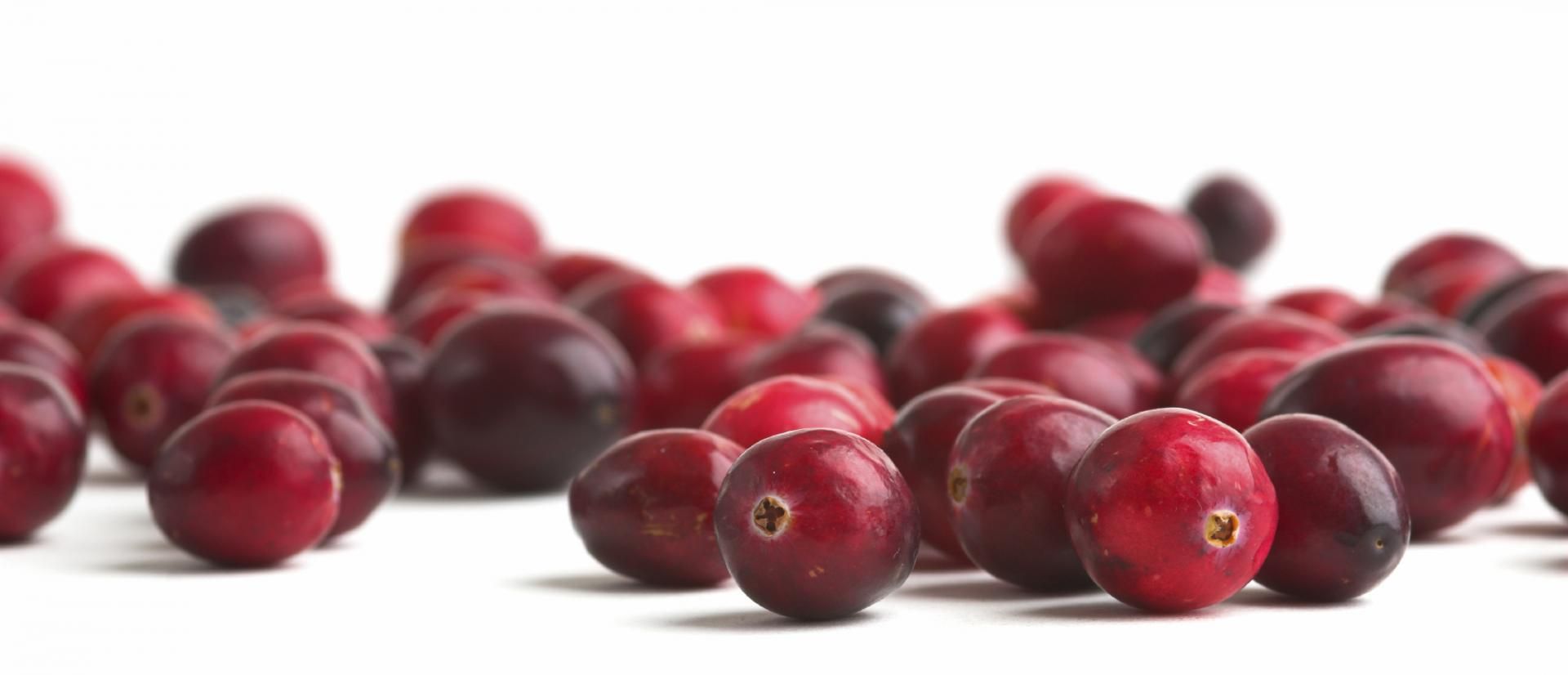Cranberry Plus Probiotics Defends against E. Coli in Preclinical Study
Cranberry proanthocyanidins (PACs) combined with certain probiotic strains may inhibit E. coli invasion, which can lead to urinary tract infections (UTIs), according to a new in vitro study.
Photo © iStockphoto.com/nsilcock

New in vitro study results suggest cranberry proanthocyanidins (PACs) combined with certain probiotic strains may inhabit invasion of pathogenic Escherichia coli bacteria, a common cause of urinary tract infections (UTIs).
A plethora of past studies have suggested cranberry PACs may inhibit UTIs by disrupting the adherence of E. coli to epithelial cells in the urinary tract, while other research has indicated certain probiotics may inhibit E. coli growth and/or support vaginal health, including some Lactobacillus and Bifidobacterium strains. But researchers were curious to learn whether cranberry PACs and probiotic strains could be effectively used in combination against E. coli without one hindering the effect of the other.
Writing in the Journal of Functional Foods, researchers reported that the presence of probiotics did not inhibit the ability of cranberry PACs to significantly reduce E. coli invasion at concentrations greater than 36 µg c-PAC/ml. What’s more, a probiotic blend of L. acidophilus, L. gasseri, L. plantarum, L. rhamnosus, and B. animalis subsp. lactis without PACs was also found to disrupt E. coli invasion.
Although they noted that further in vivo and in vitro research is necessary, researchers concluded that a combination of cranberry PACs and certain probiotic strains may offer benefits in inhibiting E. coli invasion.
“Our study helps to confirm not only the health benefits of cranberry consumption and offers additional insight into mechanisms of action of cranberry PACs against E. coli responsible for infection, but also demonstrates the additional benefits of consuming probiotics alone or in combination with cranberry,” said Christian G. Krueger, study author and CEO of Complete Phytochemical Solutions (Cambridge, WI)
The PACs used in the study were sourced from Cran Naturelle cranberry from Fruit d’Or Nutraceuticals (Notre-Dame-de-Lourdes, QC, Canada), while UAS Laboratories (Eden Prairie, MN) provided the probiotic strains.
“Cran Naturelle was selected because of its superior quality testing program surrounding authenticity and adulteration, low water activity, and standardization of high potency of PAC content containing both soluble and insoluble PACs,” said Stephen Lukawki, director of sales and business development, Fruit d’Or. “The results are encouraging as components within the whole cranberry, such as protein and fiber, seem to provide a source of food for the probiotics to create this symbiotic effect.”
These in vitro results are a precursor to a coming human clinical study, added Lukawski. Fruit d’Or hopes to begin that study by the end of 2016.
Read more:
Cranberry Plus Probiotic Tackles First Gummy
Naturex, Mazza Sign Agreement for Cranberry Extraction Process
The World’s First Cranberry Probiotic Peanut Butter Cup?
Michael Crane
Associate Editor
Nutritional Outlook Magazine
michael.crane@ubm.com
References:
Polewski MA et al., “Ability of cranberry proanthocyanidins in combination with a probiotic formulation to inhibit in vitro invasion of gut epithelial cells by extra-intestinal pathogenic E. coli,” Journal of Functional Foods, vol. 25 (August 2016): 123–134






